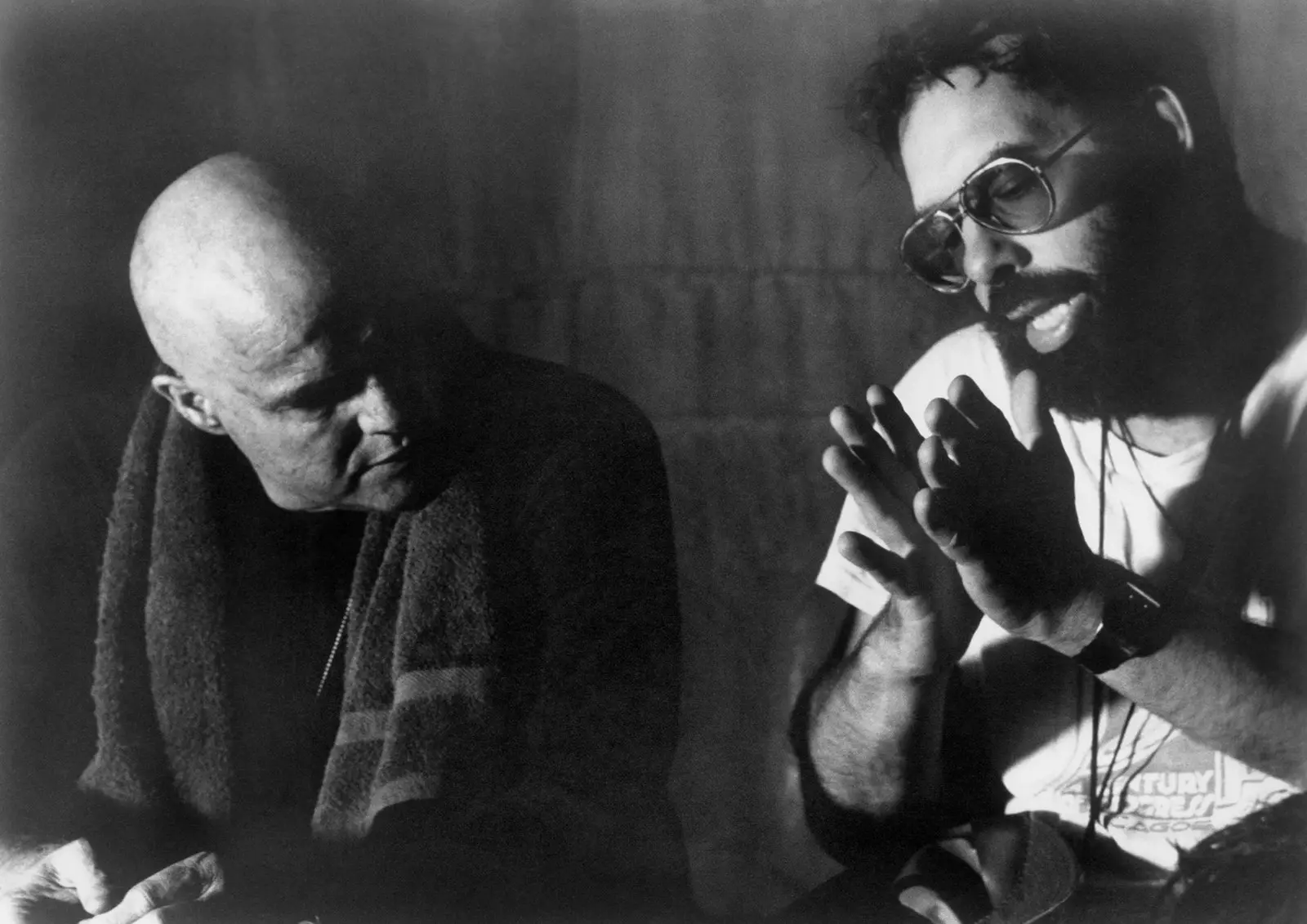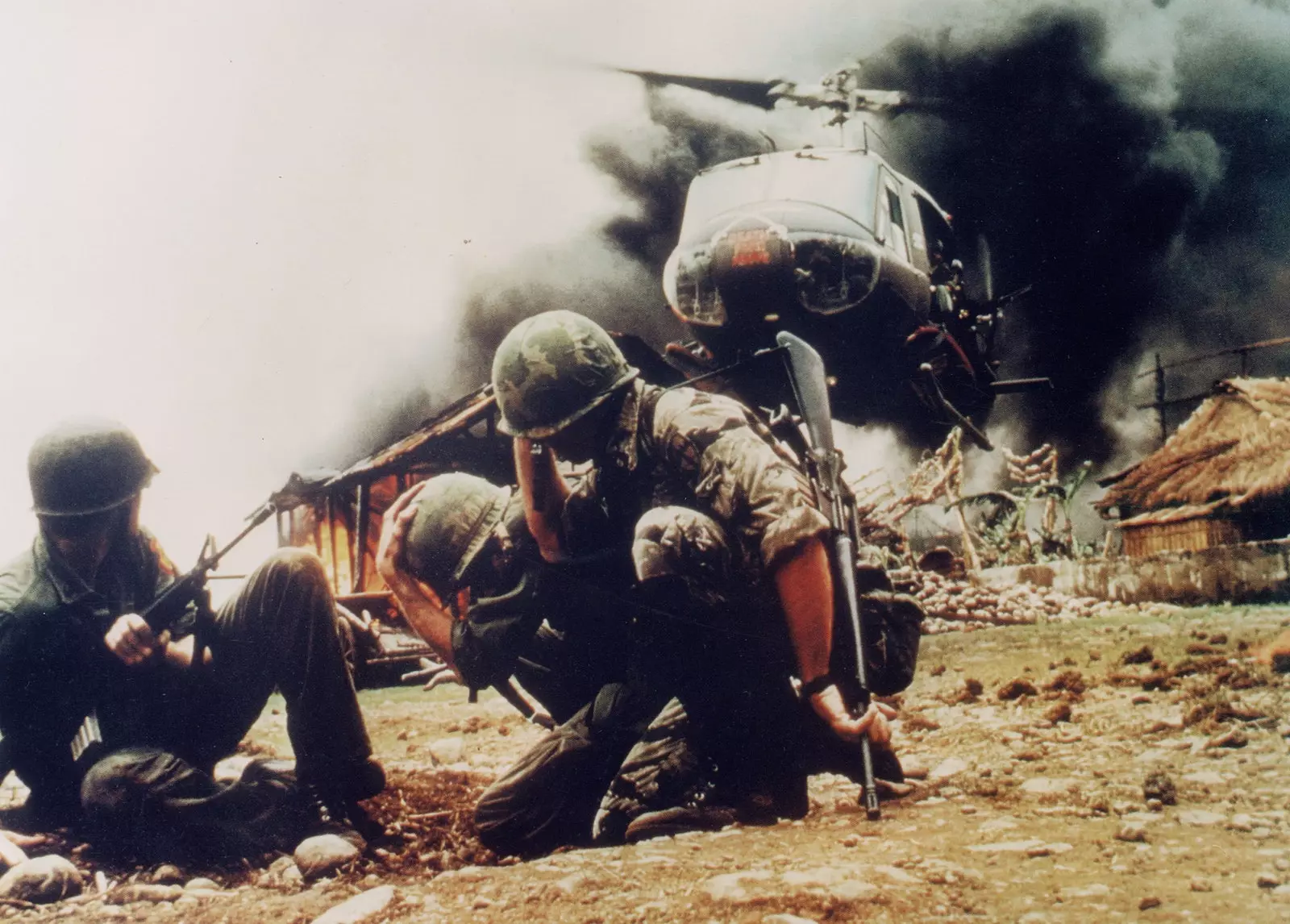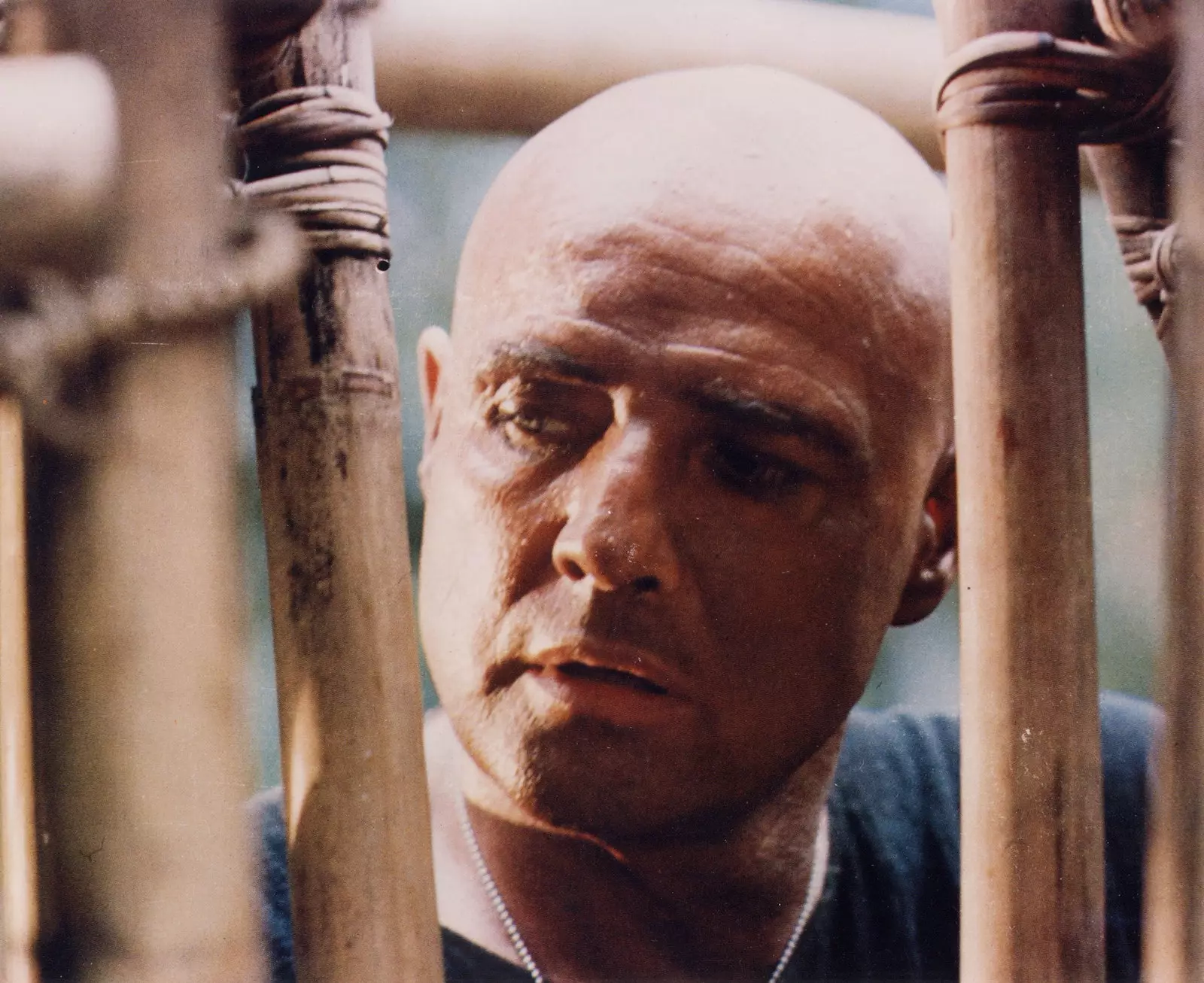
From these talks the Kurtz we know was born
This is the story of a disagreement in the jungle of the island of Luzon, in the Philippines. The protagonists are Marlon Brando and the director Francis Ford Coppola. The reason for the conflict has a name: kurtz , cause and essence of the film Apocalypse Now.
It was the month of April 1977. The Vietnam War had officially ended two years ago, but the bombs were still falling on camera in Pagsanjan , southeast of Manila.
The project to adapt the novel Heart of Darkness by Joseph Conrad It had emerged in 1969, after the bloody Tet Offensive, which caused nearly 14,000 American casualties.

The adversities in the shooting are part of the myth of the film
The collapse of the morale of the troops joined the rejection of public opinion, strengthened by the movement of 1968. It was then that George Lucas proposed the idea to screenwriter John Milius.
Lucas was not the first to tackle the project. In the late 1930s, Orson Welles had tried to bring Conrad's work to the movies. So, the director intended to turn the story into a plea against fascism.
The film, which would have been shot entirely in subjective shots (the camera as the subject's gaze), was rejected both for the technical complexities and for its political content.
George Lucas's proposal fared no better. The idea of record in vietnam in 16mm (a documentary format typical of war situations compared to the usual 35 mm) did not convince the studios, and the script was shelved.
In 1974, Francis Ford Coppola , after premiering the second part of The Godfather , was looking for a project for his new studio ** American Zoetrope **. the psychedelic soldier , as Milius had titled it, offered him the opportunity to project his epic insight into the vietnam war.
He changed the original title to apocalypse now , alluding to the hippy mantra Nirvana now, and set the goal of provoking a warlike epiphany in the audience.
The question that arises at this point is: why did Welles, Lucas and Coppola choose Joseph Conrad's novel to shape their claims?
The heart of darkness represents, in itself, a strong statement against the horrors of colonialism.
Marlow , the protagonist, is a merchant pilot who travels the congo river in search of kurtz , which has taken control of the ivory trade in a remote part of the jungle. The story, as Welles's subjective camera intended to reflect, takes place in the first person.
Marlow's journey progresses in two planes: the journey through the stations of the trading company and the inner journey of the character towards barbarism and madness.
Apocalypse Now moves the denunciation of colonialism to the American intervention and turns the ascent of the river into a dreamlike-psychedelic road movie full of political and literary references.
Conrad's Marlow is the Captain Willard , whose mission is to trace the sesan river and kill Kurtz, a brilliant special forces colonel who has declared himself in absentia and has created his own army of his.
Not only Conrad is there, but the Odyssey, the myths of The Golden Bough, by Frazer; Y T.S.'s poem Eliot The Hollow Men, which Kurtz recites in the darkness of his temple.
But what makes Apocalypse Now unique in the history of cinema is that the shooting assimilated with a maddening coherence the spirit of what was shot.
Coppola made the darkness surrounding Willard his own as he advanced on Kurtz, turning the production process in a journey in itself.
The adversities he faced are part of the myth: a typhoon destroyed the sets a few months after they were built; the Philippine army, which gave up the helicopters, withdrew its equipment without prior notice to fight the guerrillas; drugs, like in Vietnam, circulated without control; Y Martin Sheen , the Willard chosen after returning home to Harvey Keitel, suffered a heart attack that could end both his life and the film.
And Brando arrived. A year had passed since filming began. The actor had stipulated a million dollar advance and one more for each week in the Philippines.
Coppola was at the edge of his forces. He had doubts about the outcome of the project, he still did not have a clear idea about the final adaptation of Kurtz's character (during one of his stays in California he had read about Genghis Khan for inspiration) and faced a tripled budget.
The disagreement with Brando was immediate. Upon his arrival in the Philippines, the actor, who weighed 300 pounds, admitted not having read Conrad's novel and expressed his dissatisfaction with Milius' text.

And then came Brando
It wasn't the first time Brando had become the biggest problem in a movie. He often demanded changes to the script and his personal interpretation of the Stanislavski method , in which he trained with Stella Adler, he took him to not memorize the dialogues and to improvise suddenly.
However, his attitude in approaching the role reflects his interest in the character . In the chaos of filming, he forced Coppola to sit and talk with him for days.
The director's desperation is understandable. The film was in the final stretch and any postponement would impose an unaffordable cost. But the truth is that the figure of Kurtz, as we find it in the film, is the work of Brando.
It was he who had the idea to shave his hair and wear black. He pushed the character into the shadow and improvised with uneven success pseudo-philosophical lines that capture the visionary madness of the military.
Kurtz belongs to the plane of the mythological, of the symbolic. The colonel has made the darkness of war and the primal chaos of the jungle his own.
His followers surround the temple. He hides inside her as a pagan deity. Outside, the Ifugao tribe celebrates the brutal slaughter of a buffalo. Willard carries out his mission. The shots are confused as reality and script were confused during filming.
"Apocalypse now was Vietnam," Coppola said. In the Redux version, 196 minutes of darkness in Technicolor.
